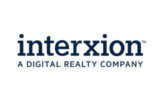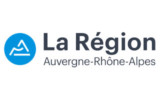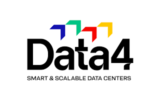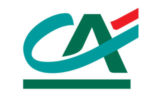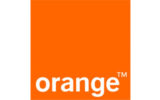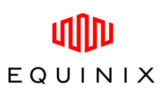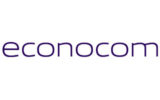Technical guides: recovering waste heat from data centers
Against a backdrop of accelerating growth in digital requirements and the need to manage environmental issues, Ademe has published two technical reports, produced by Elcimaï and APL, dedicated to heat recovery from data centers. One for data center operators, the other for local authorities, to help them work in synergy on sustainable projects that benefit everyone.
Waste heat from data centers: recovering lost energy
Waste heat is thermal energy produced by a process as a byproduct. It is sometimes described as “fatal” because when it is not recovered and recycled, it is simply dispersed into the environment, and therefore wasted.
Just like power plants, waste-to-energy plants and industrial production sites, data centers are also producers of waste heat. In data centers, the heat is mainly generated by IT equipment, but also by cooling infrastructures. It can be used to heat residential buildings, offices, public facilities (swimming pools, gymnasiums, etc.) and so on. However, data center operators must first seek to reduce their energy consumption before thinking about reusing waste heat.
It should be noted that according to the current state of the art, core cooling (immersion, direct-to-chip, etc.) is the system best suited to heat recovery. However, its use is still marginal and it will take several years before it can be deployed on a large scale.
Data centers and local authorities: specific challenges, a common goal
France’s Energy-Climate strategy aims to increase the recovery of waste heat delivered to networks by a factor of five and to recover 25 to 29 TWh of waste heat by 2035. In 2021, 898 heating networks existed in France. Over ten years, they have helped reduce greenhouse gas emissions by almost half, compared with standalone gas boilers.
Data centers are major sources of waste heat. In 2020, the potential for recoverable waste heat from data centers was estimated at 1 TWh, equivalent to 100,000 housing units. By 2030, given the increase in the number of data centers, the potential for recoverable waste heat could represent 3.5 TWh.
This is why the European Energy Efficiency Directive (EU Directive 2023/1791) requires data centers generating over 1 MW to recover their waste heat, unless this is not technically or economically viable. At the same time, just like the European Union’s Code of Conduct for the energy efficiency of data centers, the non-mandatory standard “Data center installation and infrastructure” (ISO 50600-2-1 from July 2021) now includes regional energy synergies.
Data center operators therefore need to work hand in hand with local heat consumers. In particular, local authorities, public inter-municipal cooperation programs (EPCI), or energy associations that are “responsible for the creation and operation of public heating and cooling networks” are encouraged to integrate the waste heat generated by their sites into their local energy strategies.
Communication, the cornerstone of a successful waste heat recovery project
To meet their respective challenges and constraints (economic, regulatory, etc.), data center operators and local authority representatives need to make a long-term commitment to a process of project co-construction based on dialog, mutual understanding, and transparency. Because whether it comes to building a heating distribution network or a data center, it takes several years of planning and implementation.
These projects are more of a marathon than a sprint and always start with an assessment of the current situation. For local authorities, the aim is to identify local heating needs and assess the potential for recovering waste heat from data centers (or other producers) already present in the area, or planned for the future. Data center operators, for their part, must first quantify the amount of waste heat that can be recovered, and assess the temperature at entry and exit. This will also help communities identify possible uses.
As for the location of new data centers, this upstream communication will also enable developers to optimize the future site according to the potential for use of waste heat in the area, while of course taking into account the need for local electricity and telecoms networks to supply the data center.
Finally, a heat exchange agreement will enable the heat producer to contractually sell or make energy available to the local public network (or under concession).







